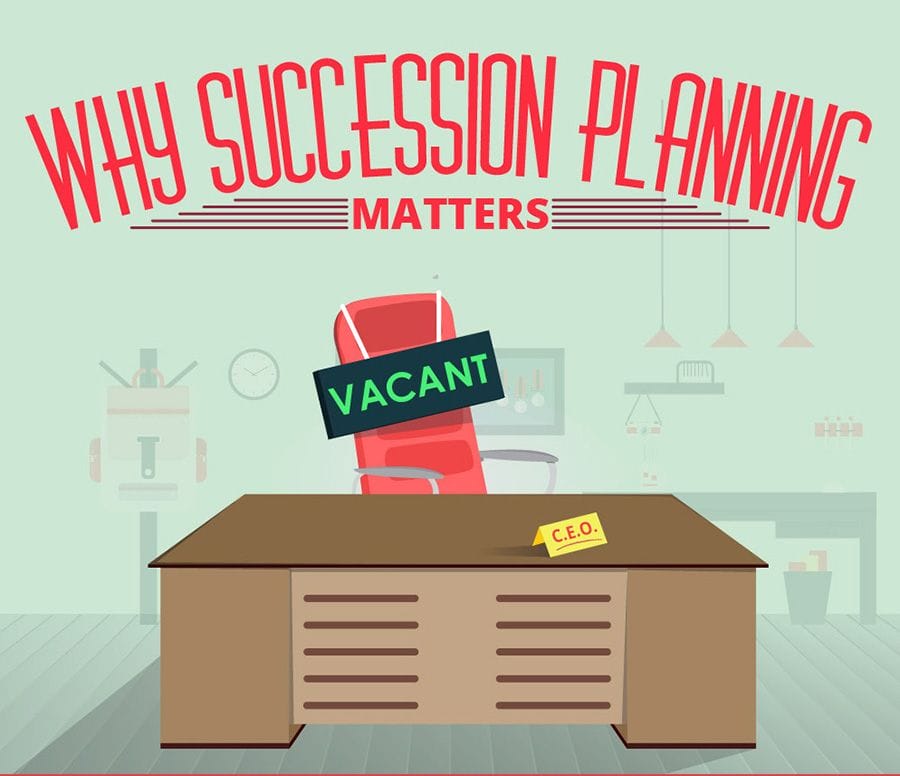9-Box Talent Grid: How Transparent Should You Be?

Navigating Transparency and Expectations in the 9-Box Talent Grid
The 9-Box Talent Grid is a powerful tool for assessing employees’ performance and potential. It comes with unique challenges for HR professionals who are new to the concept. One of the most significant challenges is managing employee expectations. When employees hear they’re part of the 9-Box Talent Grid, they may assume it guarantees a promotion or career move. Managing these assumptions poorly causes confusion, disappointment, and disengagement. This blog aims to highlight the importance of clear communication and careful implementation.
Understanding the Talent Grid
At its core, the 9-Box Talent Grid is a visual matrix used to evaluate employees based on their current performance and future potential. It provides a structured way to identify high-potential employees, recognize areas for improvement, and inform decisions about development opportunities. Use the grid as a starting point in talent management rather than a final judgment of an employee’s future.
The grid categorizes employees into one of nine boxes, reflecting a combination of low, moderate, and high ratings for both performance and potential. While this framework helps HR teams and leadership prioritize talent development, the language and criteria associated with each box must be handled with care. For employees, their placement can influence their perception of their value within the company, making transparency and communication critical.
Managing Expectations Around the Grid
Employees naturally want to feel valued and recognized. Being included in a discussion about the 9-Box Talent Grid can spark excitement or concern, depending on how it’s communicated. Some may interpret their inclusion as an indication of promotion, while others may worry that they’re not meeting expectations. To mitigate these issues, HR professionals must approach the grid as a tool for fostering growth rather than a strict ranking system.
For example, consider how you describe the grid’s purpose to employees. It’s essential to explain that the grid is part of a broader strategy to ensure the organization has the right talent in place for future opportunities. Clarify that the grid identifies development areas and aligns employee aspirations with business needs, not immediate promotions.
Transparency: How Much Should You Share?
Transparency is a delicate balancing act. Revealing too much about an employee’s grid placement fosters entitlement or unhealthy competition among team members. Conversely, withholding all information can erode trust and leave high-potential employees feeling undervalued or stagnant in their roles.
Some organizations choose not to disclose individual placements on the 9-Box Talent Grid. Instead, they focus on broader development conversations, highlighting strengths and areas for improvement without explicitly referencing the grid. This approach helps maintain confidentiality while ensuring employees understand the company’s commitment to their growth.
However, high-potential employees—often referred to as HiPos—may benefit from knowing they’re being considered for future opportunities. Research shows that many HiPos appreciate recognition, which boosts engagement and motivation. If you choose to share this information, emphasize that their inclusion reflects their potential, not a guarantee of promotion. Set realistic expectations to prevent misunderstandings.
Building a Strong Foundation for the 9-Box Talent Grid
Before implementing the 9-Box Talent Review, it’s vital to establish a clear foundation. Start by defining the purpose of the initiative. Are you preparing for growth, mergers, or leadership transitions? Understanding the “why” ensures alignment across the organization and helps you communicate the grid’s value effectively.
It’s equally important to develop objective, data-driven criteria for evaluating performance and potential. Don’t rely only on managers’ opinions, as it can cause bias and reduce trust. Instead, use measurable metrics such as performance reviews, goal achievement, and demonstrated leadership qualities. Consistency in evaluation ensures fairness and increases employee confidence in the process.
If the grid informs leadership decisions, ensure managers understand what “potential” means. Potential could involve adaptability, learning agility, or the ability to take on new challenges. Define these criteria clearly to avoid misinterpretation.
Communicating Results Thoughtfully
Share results through individual, face-to-face discussions instead of public announcements. Discussing placements on the 9-Box Talent Grid in private allows for constructive dialogue and prevents unnecessary speculation among peers. Focus on the employee’s strengths, opportunities for growth, and actionable steps they can take to advance their career.
For example, if an employee is categorized as “high potential, moderate performance,” discuss ways to improve their current role execution while nurturing their long-term capabilities. Conversely, if an employee falls into the “high performance, moderate potential” box, explore how they can build leadership or strategic thinking skills.
Avoid framing the conversation as a pass-fail scenario. Emphasize that the grid is a tool for development, not a judgment of worth. Reassure employees that their growth journey is ongoing and that placements on the grid can change based on progress, performance, and evolving business needs.
Fostering a Culture of Growth During the 9-Box Talent Review
Avoid treating the 9-Box Talent Grid as a secretive process or an exclusive club for top performers. Instead, frame it as part of a culture of continuous growth and development. Encourage employees at all levels to take ownership of their careers by participating in training, mentorship programs, and skill-building opportunities.
Ensure the grid’s implementation includes all employees and doesn’t alienate those outside high-potential categories. Communicate that everyone in the organization has opportunities for growth and that the company is committed to supporting their development.
For instance, even employees in lower performance or potential categories can benefit from targeted development plans. Giving clear goals and resources shows the organization values employees and supports their success.
Examples of Effective 9-Box Talent Grid Use
Consider a technology company preparing for rapid expansion into new markets. Using the 9-Box Talent Grid, the HR team identifies employees with high potential but moderate performance. These individuals are enrolled in a leadership development program, where they build skills in decision-making and team management. Simultaneously, high-performing employees with moderate potential receive cross-functional training to expand their skill sets, ensuring the company has a versatile talent pool for future roles.
In another example, a healthcare organization uses the grid to address succession planning. By evaluating employees’ readiness for critical roles, the company identifies gaps in key competencies. The HR team then implements targeted training programs to bridge these gaps, ensuring smooth transitions during leadership changes.
The Bottom Line
The 9-Box Talent Grid is a valuable tool for identifying and developing talent, but its effectiveness depends on thoughtful implementation and clear communication. For HR professionals new to this tool, understanding its purpose, setting clear expectations, and fostering a culture of growth are essential steps. By using the grid as part of a comprehensive talent management strategy, organizations can empower employees, build trust, and prepare for future challenges.
To see how TalentGuard can help you implement an effective 9-Box talent review system and Succession Planning process for your organization, request a Succession Planning demo.
See a preview of TalentGuard’s platform
Critical Components of Succession Planning
Critical Components of Succession Planning At some critical point your focus needs to be on three key elements: the ‘Impact of Loss’, ‘Flight Risk’ and ‘Criticality to Retain’. These are essential components of Succession Planning. If you’re serious about achieving success through and with your best people, understanding how they impact your organization, both now and […]
Why Succession Planning Matters
Why Succession Planning Matters Succession planning is a critical component for the long-term success and stability of any organization, yet surprisingly, a recent study revealed that 50% of companies with revenue exceeding $500 million lack a proper CEO succession plan. This statistic highlights a significant vulnerability within large organizations, where the absence of a clear […]
The Key to Effective Succession Planning
Key to Effective Succession A key to effective succession planning is essential to all organizations because they are always changing, and CEOs and executives can leave in a hurry. Replacing them can be a lengthy and frustrating process that often takes far longer than any board member might expect. Even companies with a formal succession planning process […]



